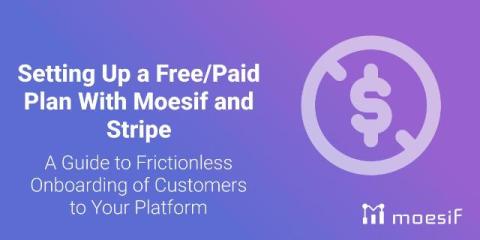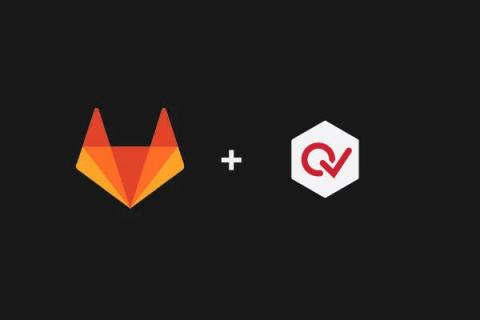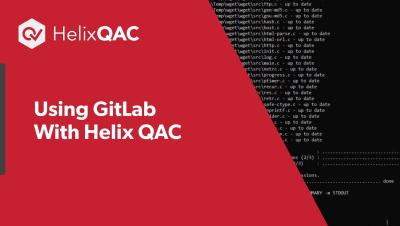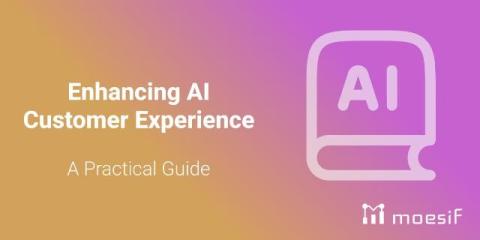Setting Up a Free/Paid Plan With Moesif and Stripe: A Guide to Frictionless Onboarding of Customers to Your Platform
This guide walks you through setting up a Free/Paid plan for your customers using a supported payment platform integrated with Moesif, focusing on tracking usage and managing upgrades to paid tiers. While the steps in this guide are specifically for Stripe, they can be adapted for other supported payment platforms.











